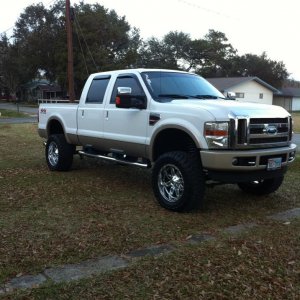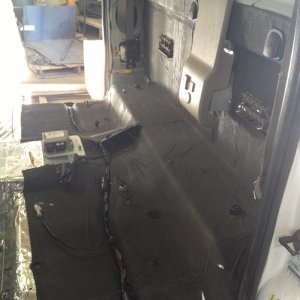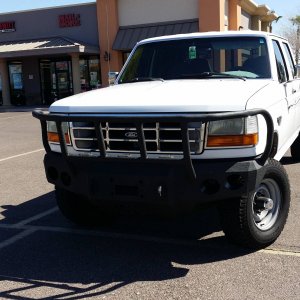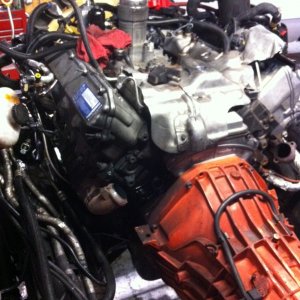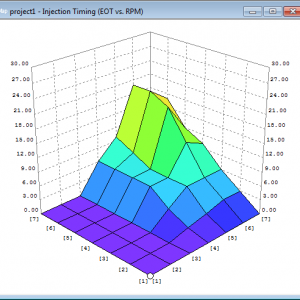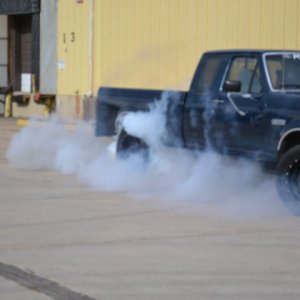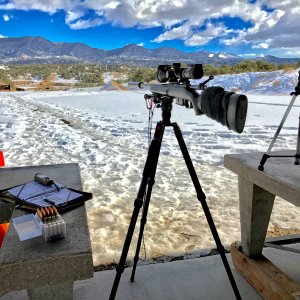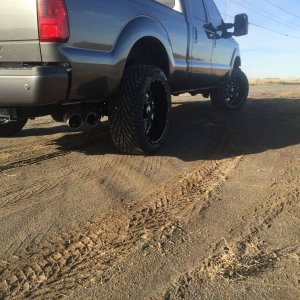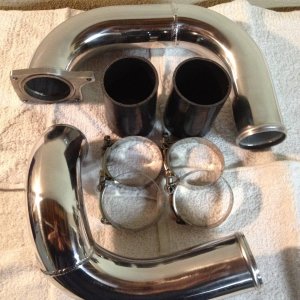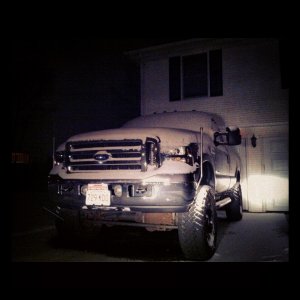turboshaft engine
I strongly suspect the "bark" heard on a turbocharger, is the same phenomenon referred to in turboshaft engines as "compressor stall", but without a turbo rpm gauge, I'm hesitant to say it's absolutely the same thing.
FWIW, when the compressor section of a turboshaft engine (usually several axial stages, and then one centrifugal stage) encounters "compressor stall", it's referring the blades on the compressor wheel encountering an aerodynamic stall condition(i.e. exceeding it's critical angle of attack for a given load factor), not a sudden stoppage of rotational rpm...however as a byproduct of turbulent or reverse flow through both the compressor section and power turbine, and the corresponding inefficient combustion of the fuel..... there are fluctuations in rpm, and often in increase in engine exhaust gas temperatures. Most of the "newer" Digitally controlled engines will recognize this condition, and pull fuel immediately, limiting the action required by the crew....some of the "older" mechanical designs, required manipulation of both the power available/power demanded portions of the fuel controls on those engines in order to exit the compressor stall condition. Not certain this means a hill of beans, side of fries, or a cup of STFU...thought I'd share anyways..:toast:
To think that we could buy a turbo for $800-2500, that had the metallurgy to withstand a sudden stoppage and then re-accelaration, especially when you consider the rpms of these turbos....I'd be impressed.
But without a turbo rpm gauge...tough to say for an absolute on what's really going on in there. Certainly it can't be good for extending the life of the turbo IMHO. I've certainly done my share of it. :morons:
Maybe there's someone out there with a gauge, that could give us some insight on the change in turbo rpm when encountering a surge condition....I'm curious now.

